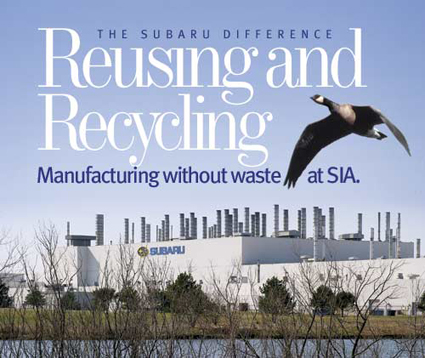 Many printers these days are promoting their use of soy-based inks as a way for marketers to “green” their print marketing programs. Certainly, any vegetable-based ink—such as cottonseed, linseed, and, most commonly, soy—sounds like it ought to be more environmentally friendly than petroleum-based inks. But is this really the case?
Many printers these days are promoting their use of soy-based inks as a way for marketers to “green” their print marketing programs. Certainly, any vegetable-based ink—such as cottonseed, linseed, and, most commonly, soy—sounds like it ought to be more environmentally friendly than petroleum-based inks. But is this really the case?
It is true that vegetable-based inks (in this post, we’ll look at soy) have very low levels of VOCs. Many soy proponents also claim that these inks come off the paper more easily than petroleum-based inks, making the paper easier to recycle. (However, evidence on this appears to be mixed.)
While “soy ink” sounds exotic, these inks have become so refined that they are now mainstream. They are readily available for sheetfed and newspapers. Heatset inks are also said to be “soy-based,” but this is really a mischaracterization, since the fast-drying requirements of the heatset process require that “soy inks” still be made primarily of petroleum.
Do You Give Up Anything?
Do marketers give anything up by using soy? These inks do tend to be less rub-resistant than petroleum-based inks, and as with any specialty ink, they are more expensive than traditional inks. In soy inks’ favor, however, many printers and their customers prefer them for their cleaner, brighter colors.
But is soy really more friendly to the environment? As with everything “green,” it’s important to look past the surface. The answer appears to be mixed.
The following is an excerpt (lightly edited for space) from an article on soy inks from International Paper:
While there have been many claims of the ecological benefits to be gained, ink made with soybean oil contain waxes, pigments, and other additives. This makes it no easier to dispose of a soy oil-based ink than a petro-based ink, printed or non-printed. This requires that the same considerations be taken for disposal in a landfill or incineration as petro-based inks would need.
While soy or vegetable containing inks may help reduce the measured VOCs, the Environmental Protection Agency has not exempted vegetable oils as a non-VOC. The EPA believes that while all vegetable oils are not VOCs, they are “precursors to precursors of ozone.
When vegetable oils, including soy, dry by oxidation, there is evidence that minute amounts of VOCs are released, so says the Environmental Conservation Board. While the EPA and the ECB have made these statements, they do believe soy inks are much more friendly to the air environment than petro-based oils. The same would hold true for any other vegetable oil based ink….“Press-related problems with soy oil inks have been related mostly to drying. Soy inks dry (due to the soy oil) at a slower rate. Most problems have been encountered in the newspaper area. This is, however, being rapidly overcome. Soy inks will find a definite use in several areas in the printing industry where it can replace petroleum hydrocarbons and reduce our demands on a non-renewable resource. However, it is not a panacea for the environmental problems that the printer and consumers of print face.
Source: International Paper, “Kohler’s Corner—Soy Ink Article,” last accessed August 18, 2008.
Want to read more like this?





